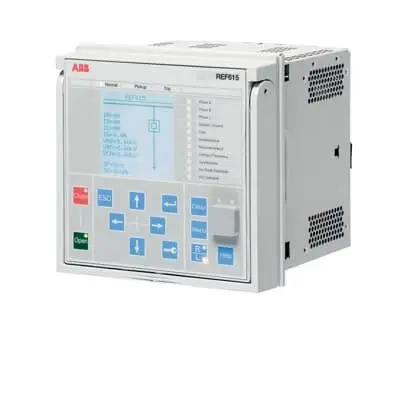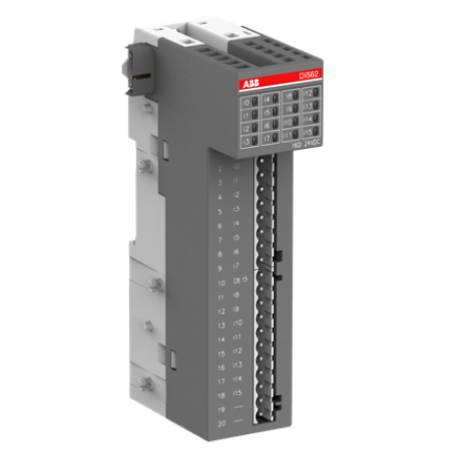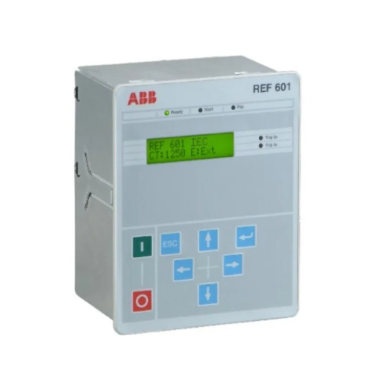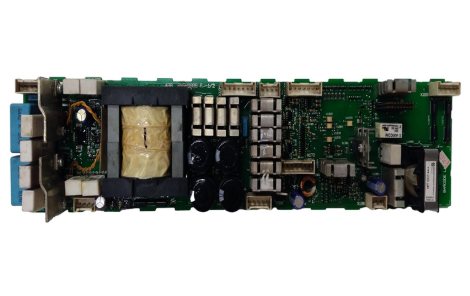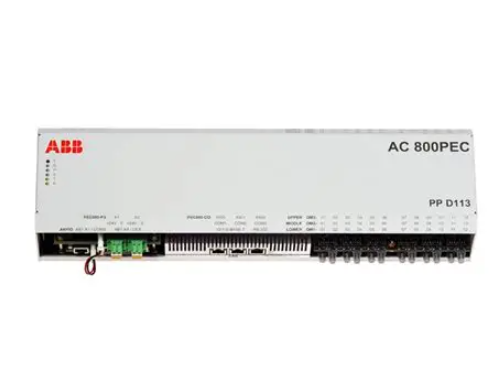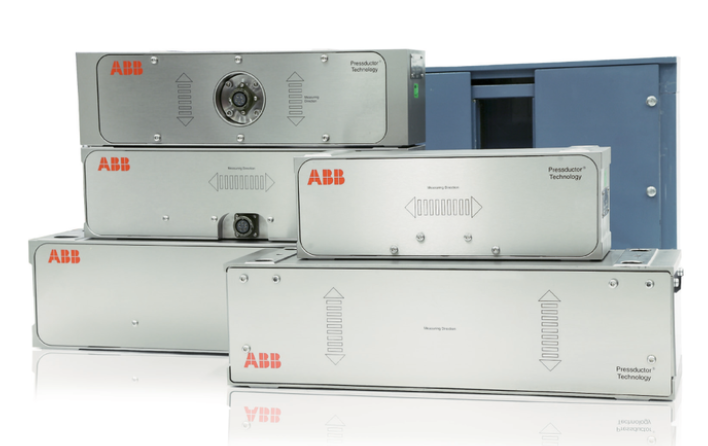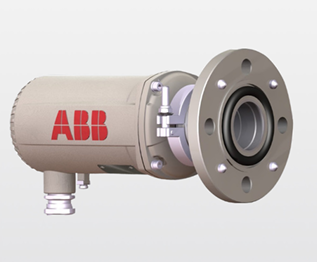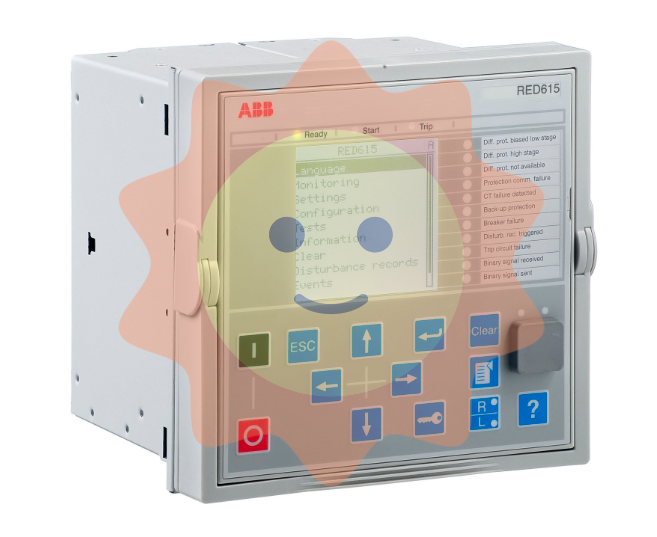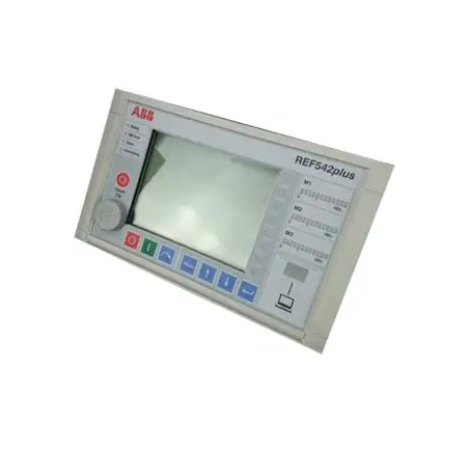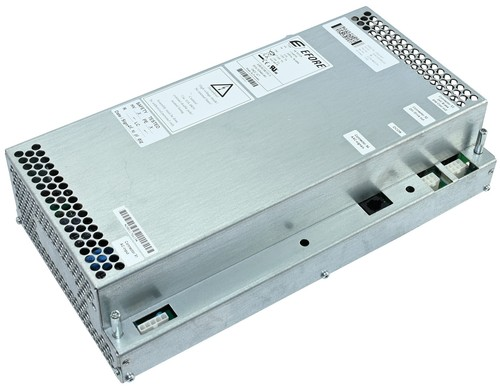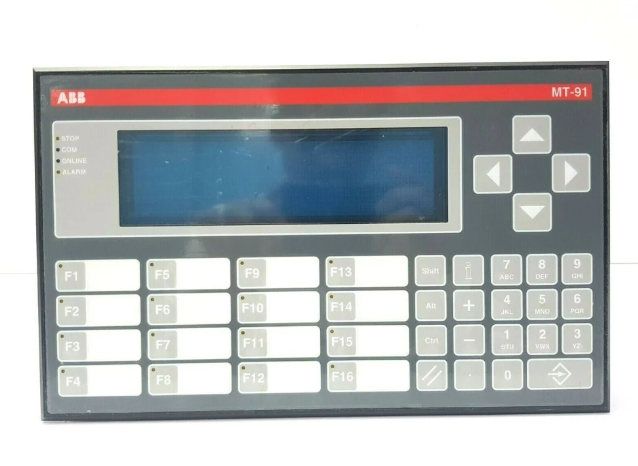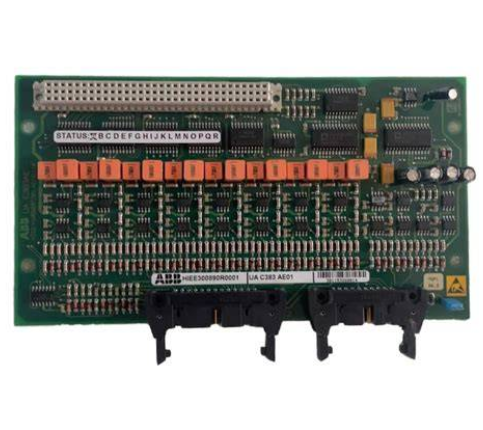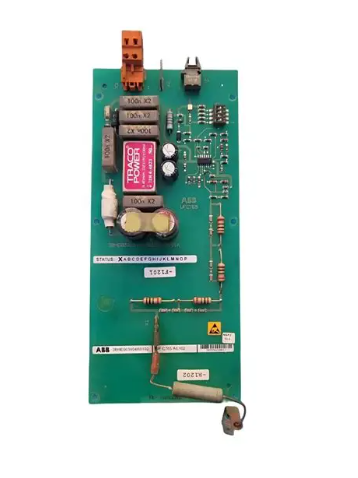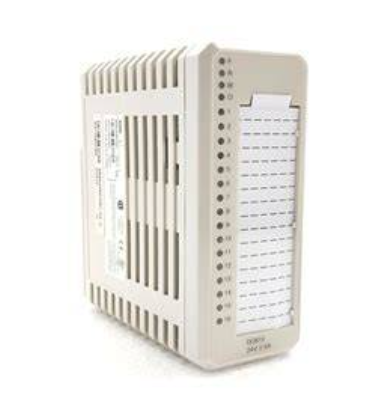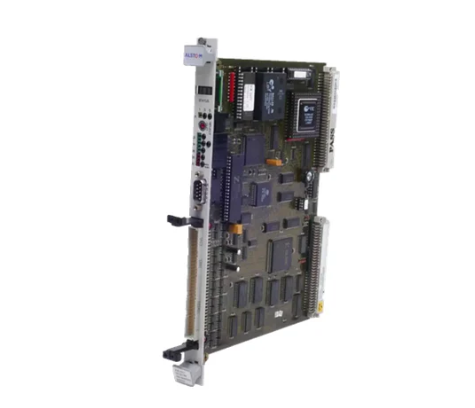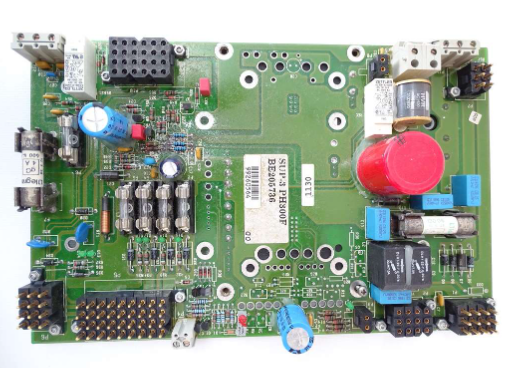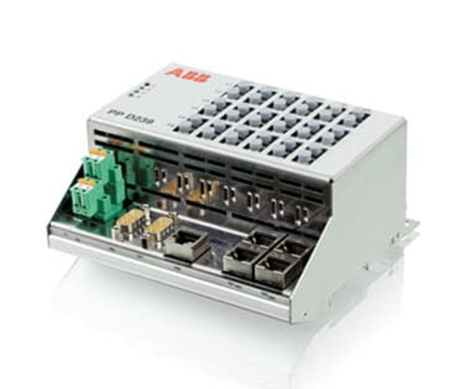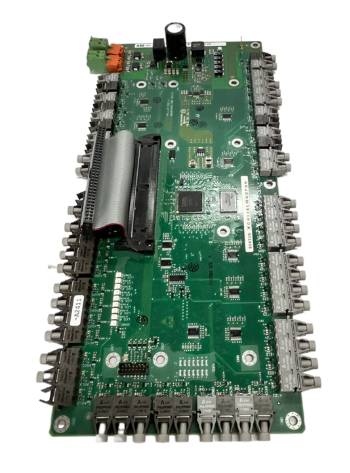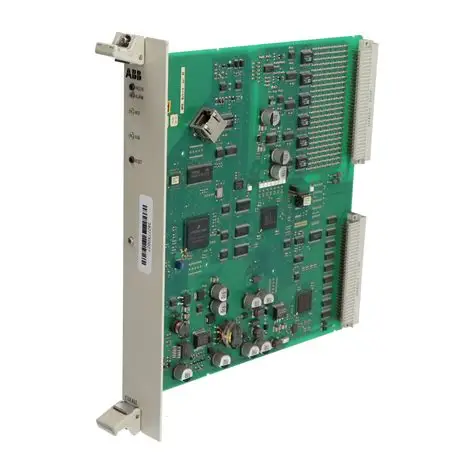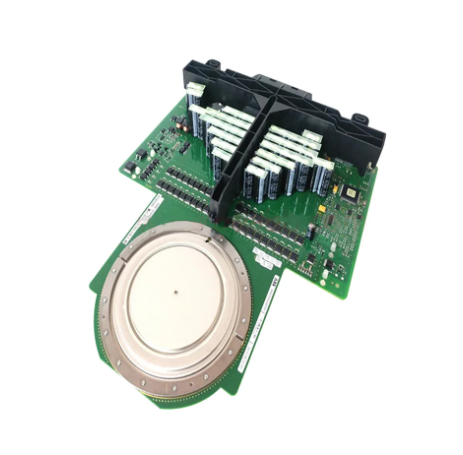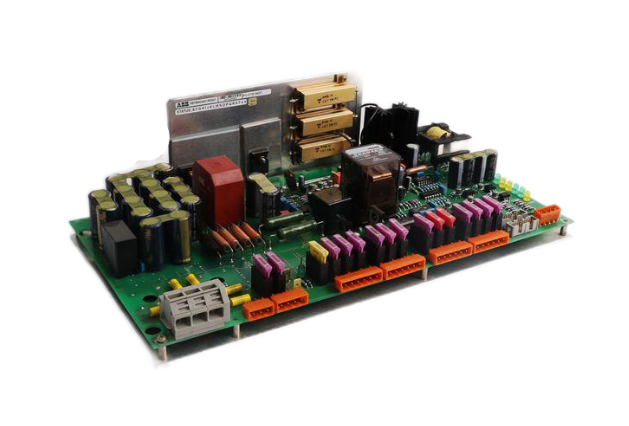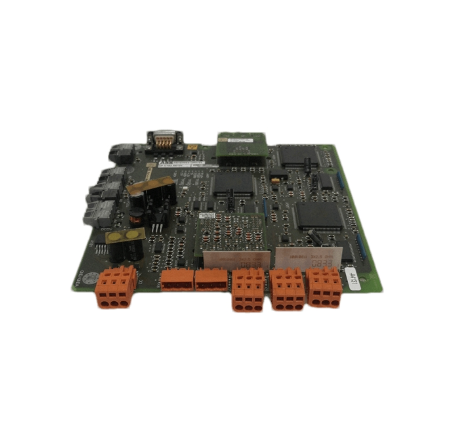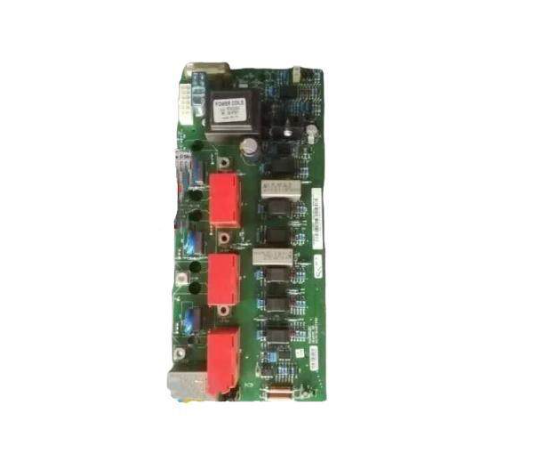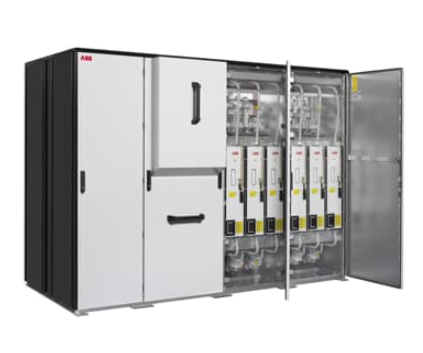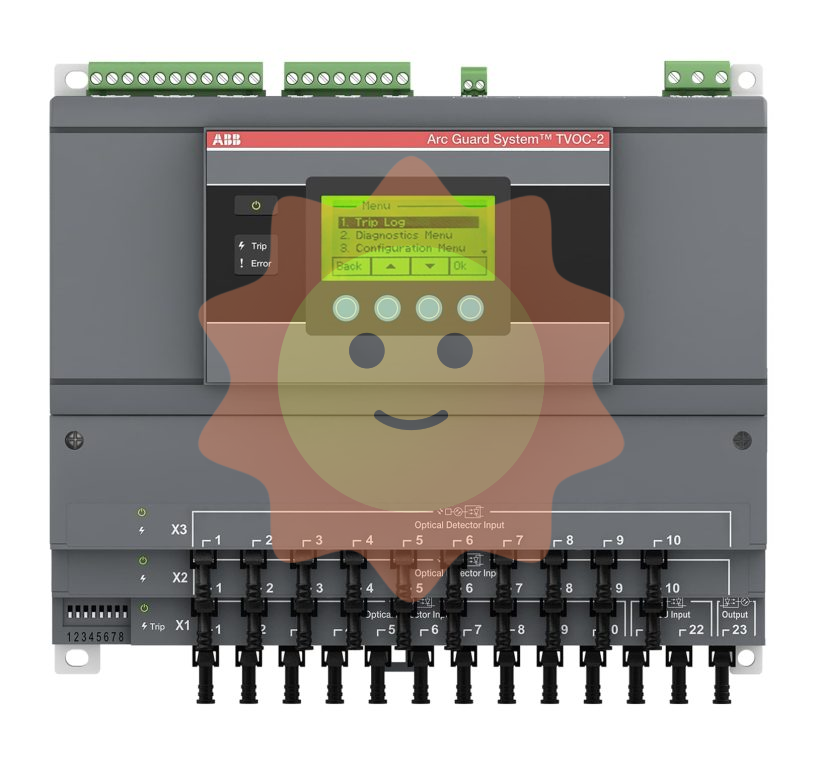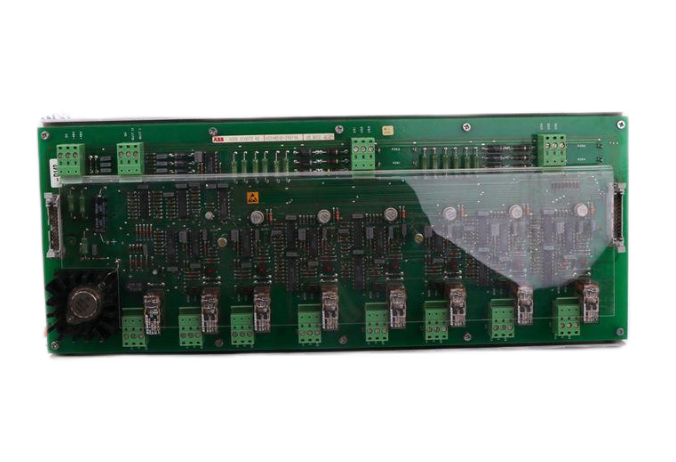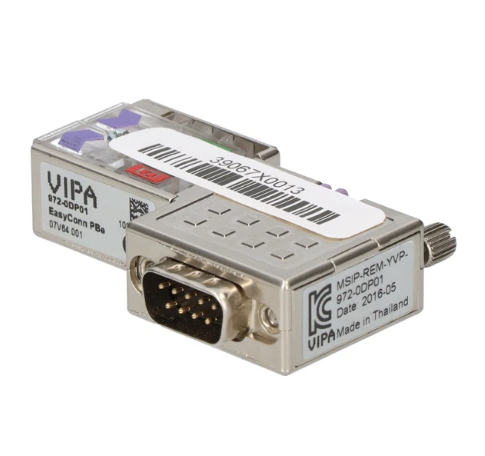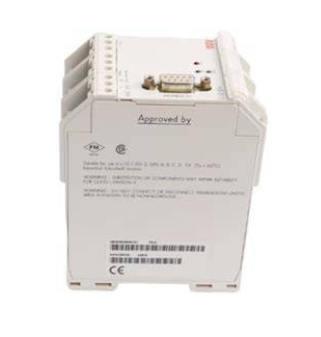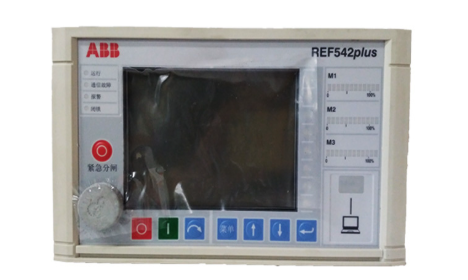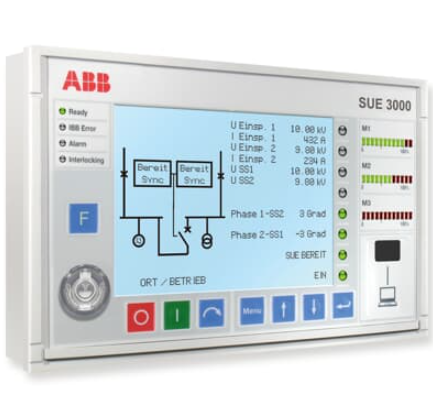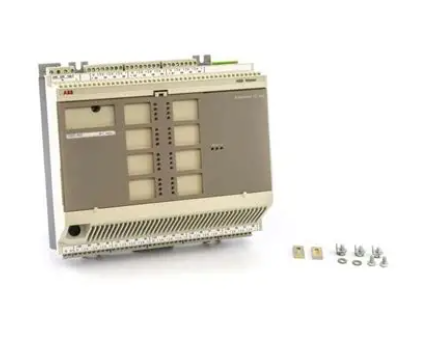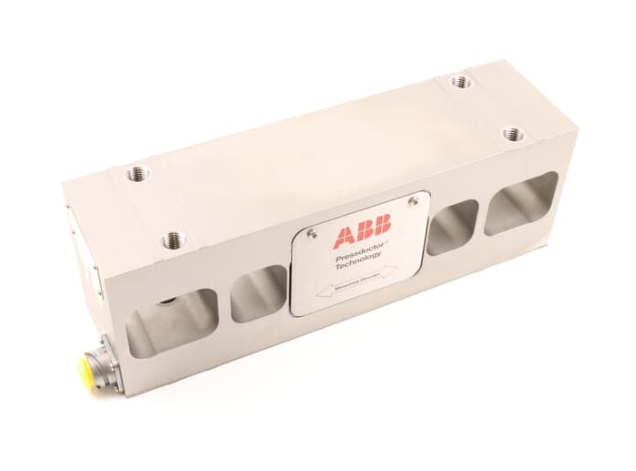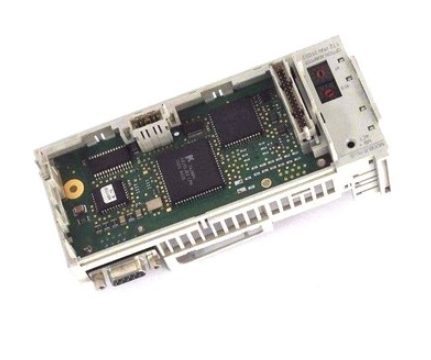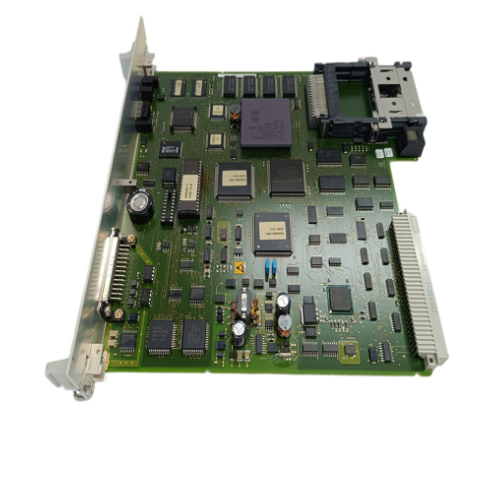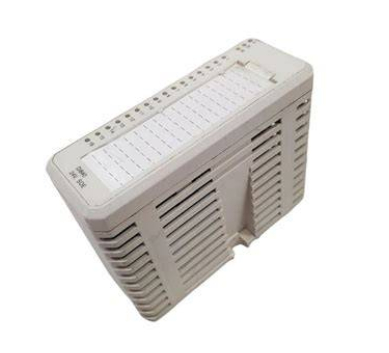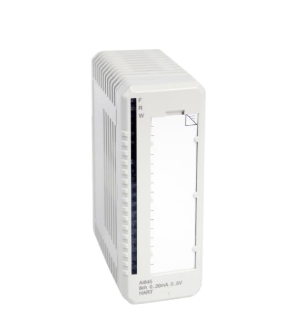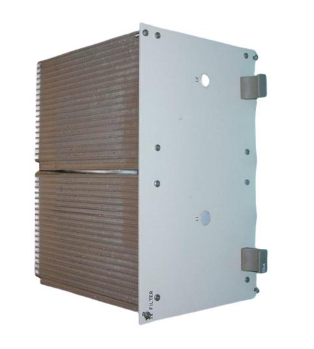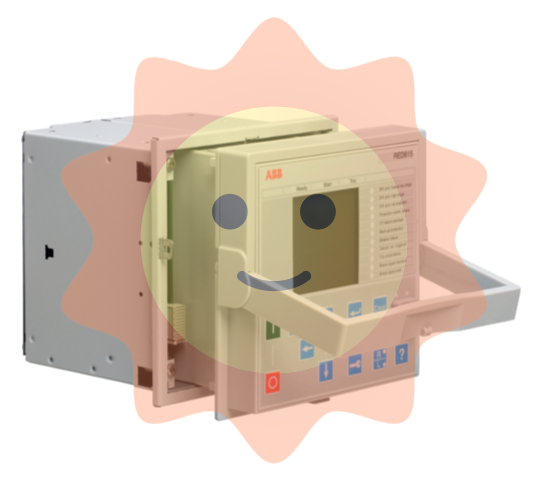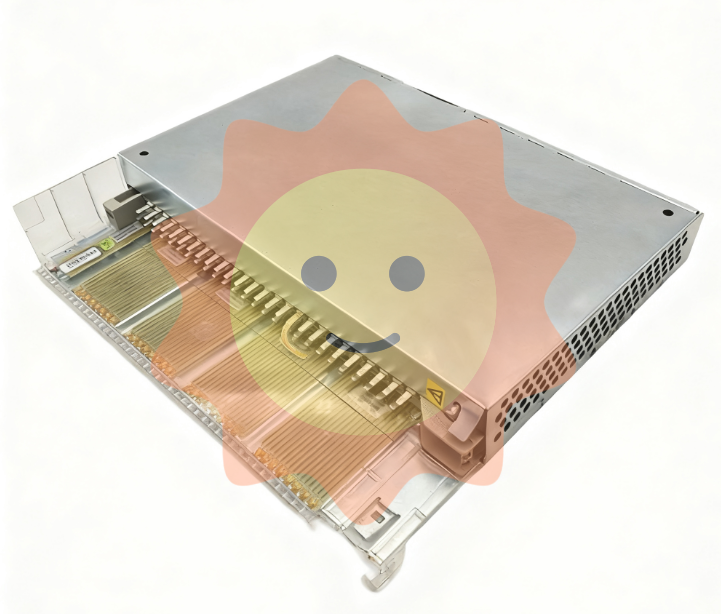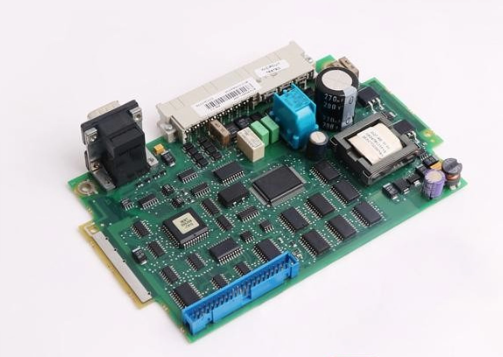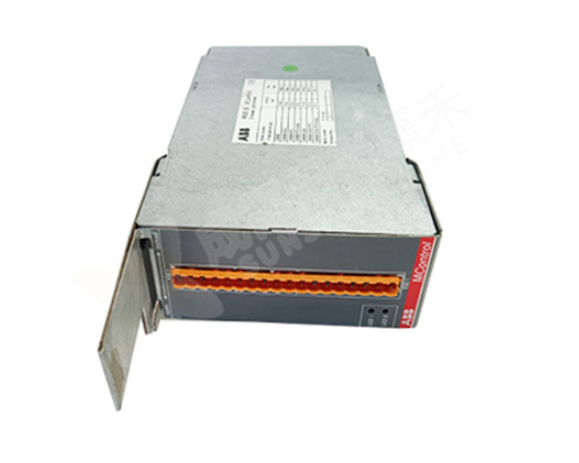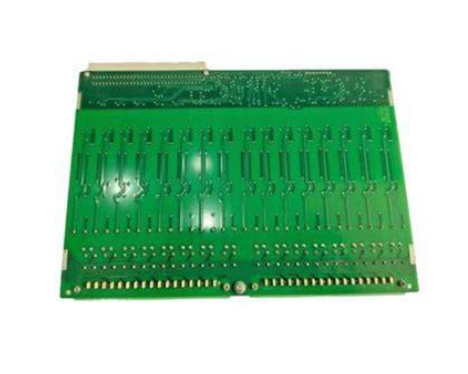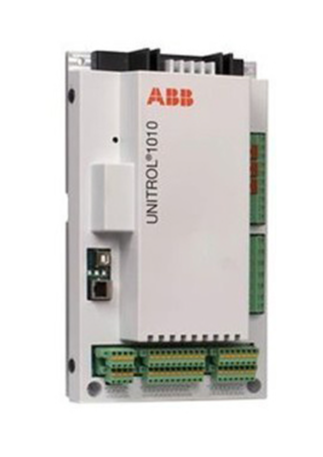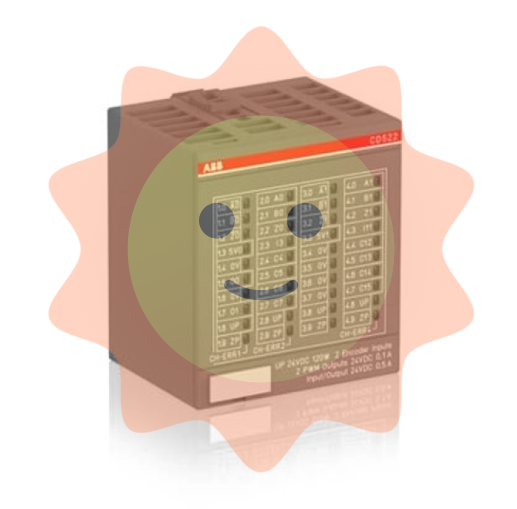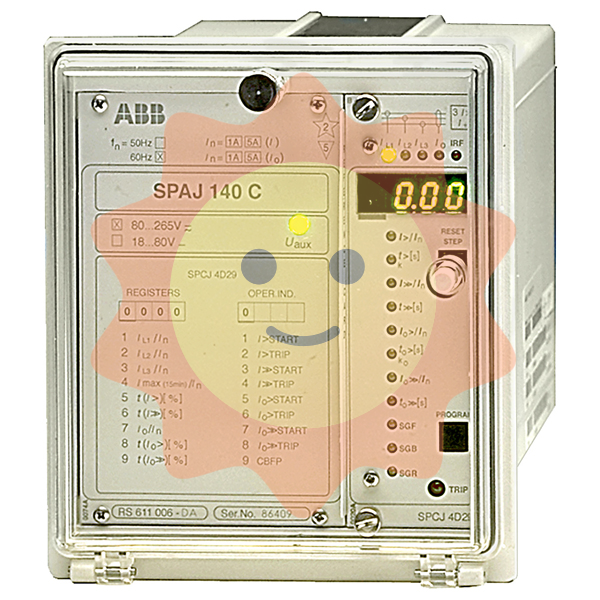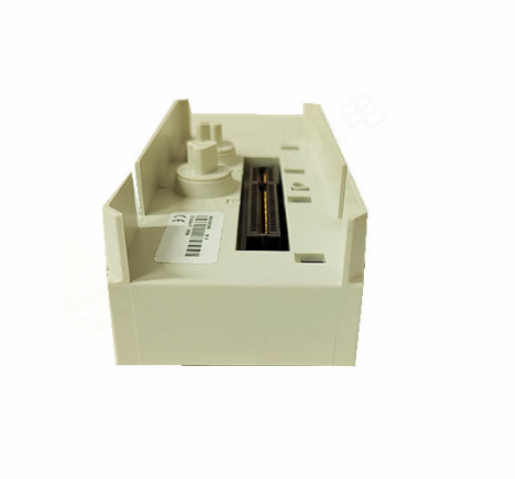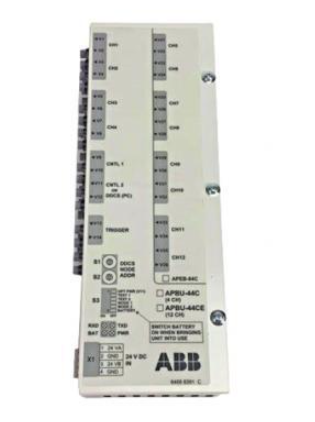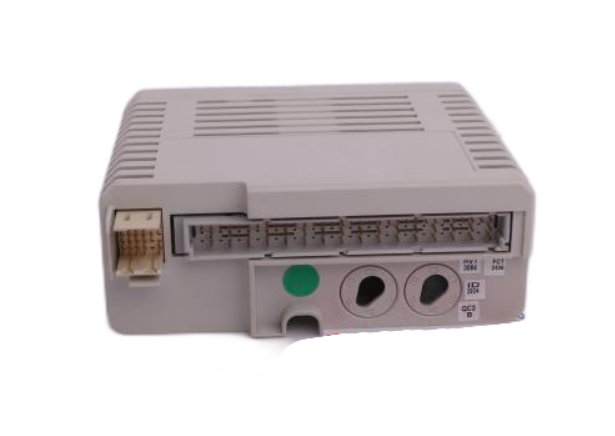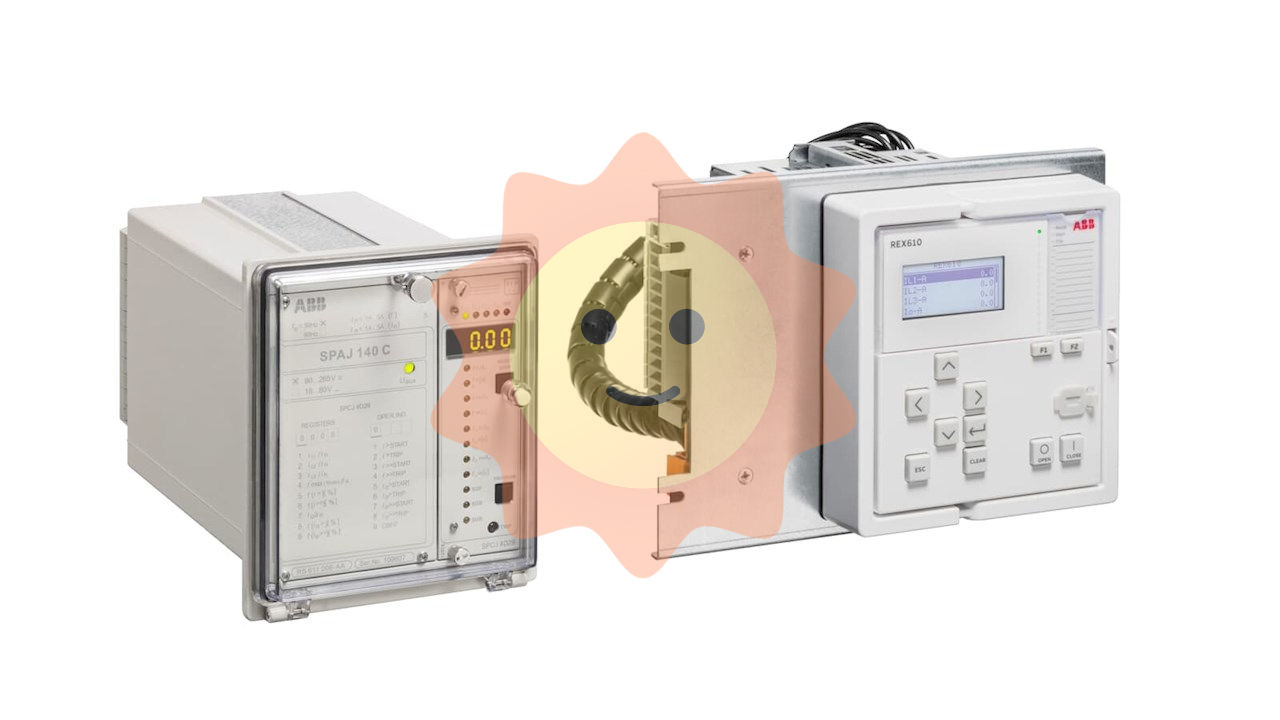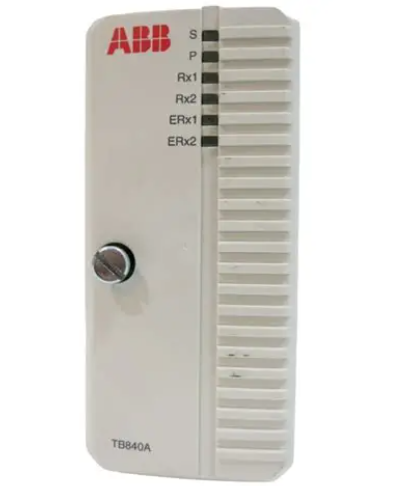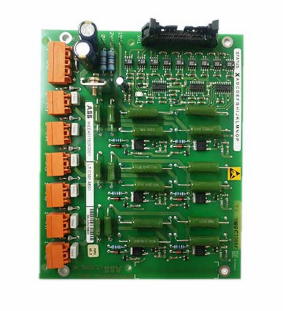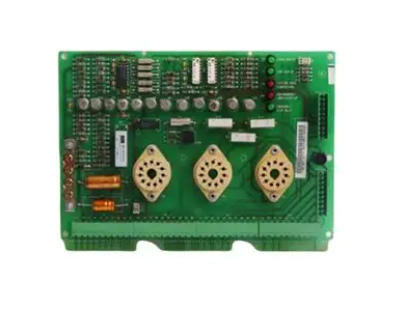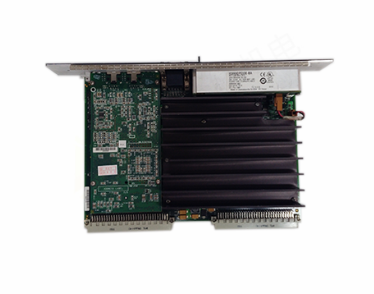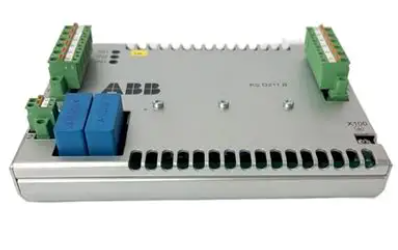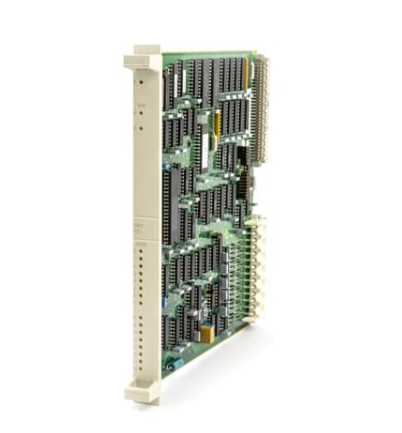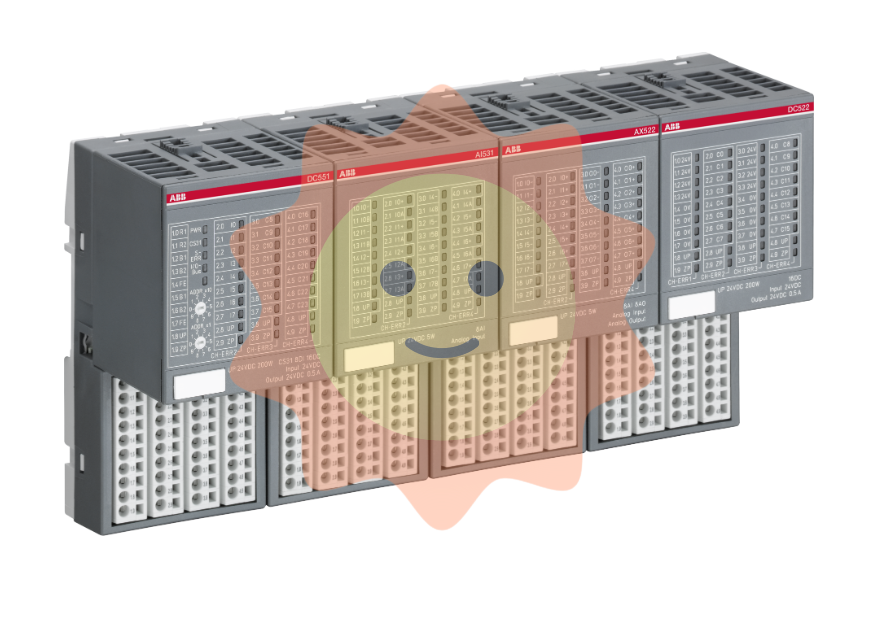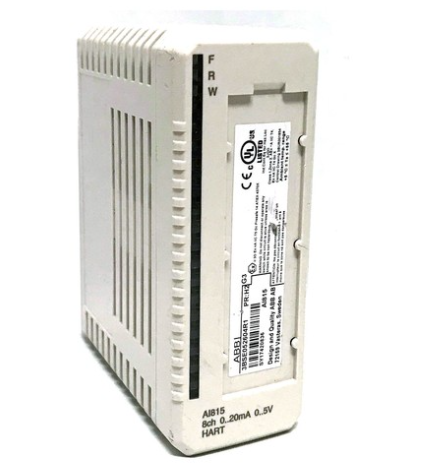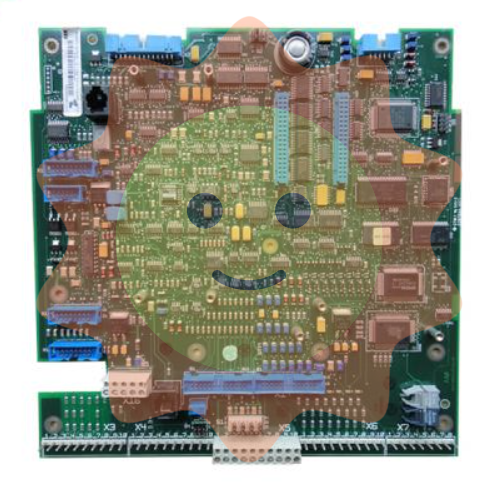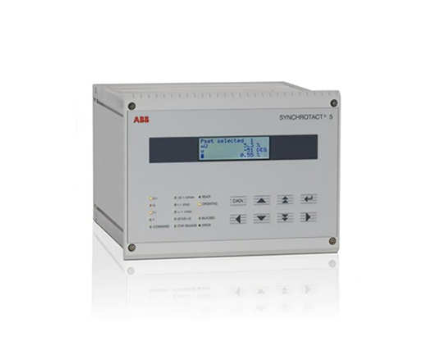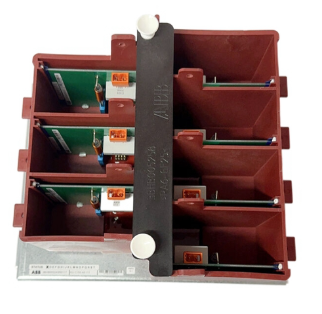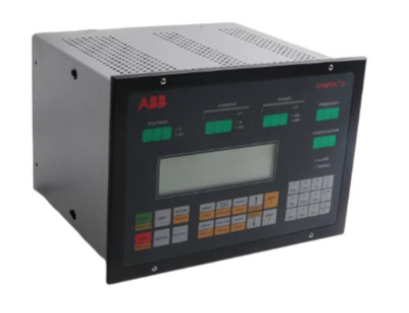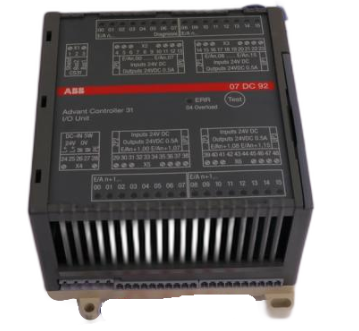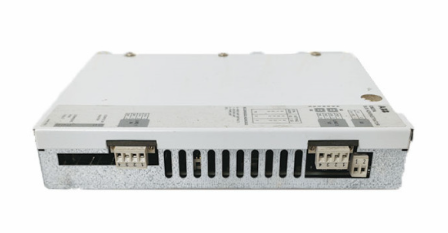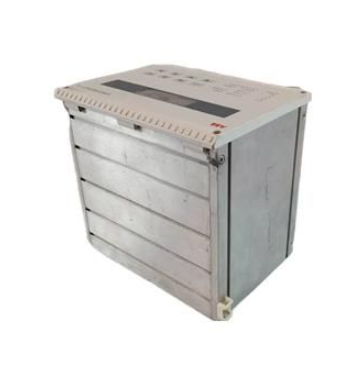ABB 5SGY3545L0020 Controller Module
ABB 5SGY3545L0020 Controller Module
Module Overview
ABB 5SGY3545L0020 Controller Module is a control module with important applications in industrial automation and other fields. It has powerful data processing and control instruction execution capabilities, which can accurately control various industrial equipment and systems, ensuring their stable and efficient operation.
Function characteristics
High speed data processing: Adopting advanced processor architecture, it can quickly process large amounts of input data, monitor and analyze device status in real time, make response decisions in a very short time, and effectively improve the overall operating efficiency of the system. For example, in complex production lines, data from various sensors can be quickly processed and equipment operating parameters can be adjusted in a timely manner.
Multi protocol communication support: Supports multiple common industrial communication protocols, such as PROFIBUS, MODBUS, etc., facilitating seamless communication and connection with devices of different brands and types, and building a large and coordinated industrial automation network. In a factory automation system that includes multiple branded devices, it is easy to achieve data interaction and collaborative work with each device.
Flexible control logic programming: allows users to write flexible control logic through specific programming software according to actual application needs. Both simple sequential control and complex closed-loop control algorithms can be accurately implemented, greatly improving the applicability of modules in different industrial scenarios. In chemical production process control, corresponding control logic can be written according to the complex requirements of chemical reactions.
Application scenarios
Industrial automation production line: In automated production lines such as automobile manufacturing and electronic equipment production, this module can accurately control the mechanical arms, conveyor belts, testing equipment, etc. on the production line to ensure high-quality and efficient production of products. For example, in automobile manufacturing, controlling the robotic arm to accurately complete the assembly of components.
Intelligent Factory Control System: As a key component of the core control system of an intelligent factory, it is responsible for integrating data from various links within the factory, coordinating the operation of different equipment and systems, achieving intelligent management and operation of the factory, and enhancing the overall competitiveness of the factory. For example, unified coordination and control of energy management systems, warehousing and logistics systems, etc. within the factory.
Process industry control: In the fields of chemical, power, metallurgy and other process industries, it is used for real-time monitoring and precise control of key parameters such as temperature, pressure, flow rate in the production process, ensuring the safety and stability of the production process, and improving product quality and production efficiency. In chemical reactions, precise control of reaction temperature and pressure is essential.
Key points of operation and maintenance
Parameter settings: Users can set various parameters of the module, such as communication parameters, control logic parameters, etc., through the accompanying programming software or operation panel. Before setting up, it is necessary to carefully read the product manual to ensure that the parameter settings are correct and error free, in order to meet practical application needs. For example, setting parameters such as baud rate and data bits for communication with other devices.
Daily maintenance: Regularly inspect modules to check for hardware damage, loose connections, and other issues. Keep the working environment of the module clean and avoid damage to the module caused by dust, moisture, etc. At the same time, regularly backup the data within the module to prevent data loss. Conduct a comprehensive hardware inspection of the module once a month.
Troubleshooting: When a module malfunctions, preliminary troubleshooting can be carried out through information such as the status of indicator lights and fault codes on the module. According to the troubleshooting guide in the product manual, gradually determine the cause of the malfunction and take corresponding solutions. If the indicator light shows a communication fault, you can check whether the communication line connection is normal, etc.
Working principle
After receiving input signals from sensors and other devices, the control module first processes the signals through internal signal conditioning circuits to meet the input requirements of the processor. Next, the processor analyzes and performs operations on these signals based on pre written control logic programs, generating corresponding control instructions. Then, these control instructions are converted into signals suitable for driving actuators through output circuits, thereby achieving control of industrial equipment. Throughout the entire process, the module will also monitor the real-time feedback signals of the device's operating status and continuously adjust the control strategy to ensure that the device operates stably in the optimal state.
- EMERSON
- Honeywell
- CTI
- Rolls-Royce
- General Electric
- Woodward
- Yaskawa
- xYCOM
- Motorola
- Siemens
- Rockwell
- ABB
- B&R
- HIMA
- Construction site
- electricity
- Automobile market
- PLC
- DCS
- Motor drivers
- VSD
- Implications
- cement
- CO2
- CEM
- methane
- Artificial intelligence
- Titanic
- Solar energy
- Hydrogen fuel cell
- Hydrogen and fuel cells
- Hydrogen and oxygen fuel cells
- tyre
- Chemical fiber
- dynamo
- corpuscle
- Pulp and paper
- printing
- fossil
- FANUC
- Food and beverage
- Life science
- Sewage treatment
- Personal care
- electricity
- boats
- infrastructure
- Automobile industry
- metallurgy
- Nuclear power generation
- Geothermal power generation
- Water and wastewater
- Infrastructure construction
- Mine hazard
- steel
- papermaking
- Natural gas industry
- Infrastructure construction
- Power and energy
- Rubber and plastic
- Renewable energy
- pharmacy
- mining
- Plastic industry
- Schneider
- Kongsberg
- NI
- Wind energy
- International petroleum
- International new energy network
- gas
- WATLOW
- ProSoft
- SEW
- wind
- ADVANCED
- Reliance
- YOKOGAWA
- TRICONEX
- FOXBORO
- METSO
- MAN
- Advantest
- ADVANCED
- ALSTOM
- Control Wave
- AB
- AMAT
- STUDER
- KONGSBERG
- MOTOROLA
- DANAHER MOTION
- Bently
- Galil
- EATON
- MOLEX
- Triconex
- DEIF
- B&W
- ZYGO
- Aerotech
- DANFOSS
- KOLLMORGEN
- Beijer
- Endress+Hauser
- MOOG
- KB
- Moxa
- Rexroth
- YAMAHA


Email:wang@kongjiangauto.com



